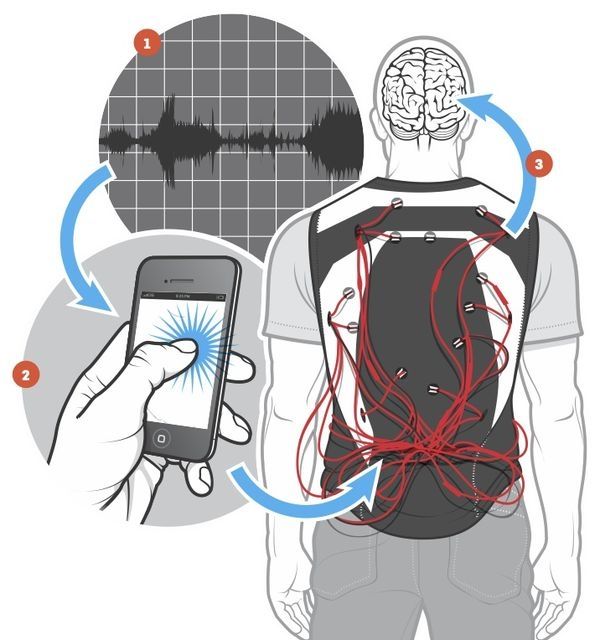Some #transhumanism futurist stuff midway down the article:
This weekend, the party hosts its big winter meeting in Atlanta with a heavy to-do list and much interest. The big doings drew so many attendees that organizers moved the event from a local hotel to a major trade center.
Dominating the agenda is the election of a Democratic National Committee chairman Saturday; seven hopefuls are in the running. Rep. Keith Ellison of Minnesota is considered the front-runner since he has the endorsements of Sens. Charles E. Schumer, Nancy Pelosi and Elizabeth Warren, among others.
At a candidates debate this week hosted by CNN, Mr. Ellison had this to say: “I think that Donald Trump has already done a number of things which legitimately raise the question of impeachment.” In follow-up coverage, several news organizations declared that the lawmaker had uttered “the I word.”
Naturally, Republicans are taking a keen interest in the outcome of the chairmanship election. Will it send the Democratic Party into progressive territory — or to some comfy spot in the center? Will the new chair unite the energetic far left with entrenched establishment Democrats?





